Carpet mold is a common issue that can affect any home. Whether you're a homeowner, a renter, or a property manager, understanding how to identify, remove, and prevent mold in your carpets is essential for maintaining a healthy indoor environment.
Mold can degrade your carpet and pose serious health risks, especially to those with allergies or respiratory issues. This guide will walk you through the steps to tackle carpet mold effectively.
How to Tell if Carpet Has Mold
Identifying mold in your carpet can be trickier than it seems. Mold tends to grow in moist environments, so any spills or water damage should be immediately addressed. Here's what to look for when checking for mold on carpet:
Musty Odors: A persistent musty smell in a room might indicate the presence of mold in the carpet.
Discoloration: Look out for green, black, or white stains on the carpet, which are signs of mold growth.
Allergy Symptoms: If you or your family members experience sudden allergy symptoms such as sneezing, runny noses, or itchy eyes while in a room, it might be caused by mold.
Important Things to Know Before You Remove Mold from Carpet
Removing mold from carpet can be challenging and depends largely on the extent of the growth and the type of carpet. Here are general steps to tackle mold on carpets:
Safety First: Wear protective gear, including gloves, a mask, and goggles, to avoid direct contact with mold and its spores.
Assess the Damage: Consider hiring a professional if the moldy area is larger than 10 square feet. For smaller areas, proceed with caution and follow these steps:
Ventilate the Area: Open windows and doors to increase airflow and help dry out the room. Avoid using fans as they can spread mold spores.
Dry Out the Carpet: Use a dehumidifier to reduce moisture levels in the room. If the carpet is damp, carefully lift it and use blowers to dry both the carpet and the padding underneath.
Apply a Moldicide: Use a carpet-safe moldicide or a solution of water and white vinegar (avoid bleach on carpets as it can ruin fibers and colors). Apply it to the affected area and gently scrub with a soft-bristled brush.
Steam Clean: After treating the area, steam clean the carpet to kill any remaining mold spores. Ensure the carpet dries completely afterward.
Dispose of Infected Materials: Safely dispose of any cleaning materials or parts of the carpet/padding that were severely infected by sealing them in plastic bags.
Prevent Future Growth: Address any underlying moisture issues to prevent mold from returning. Consider using a moisture barrier under damp carpets and regularly check for signs of mold.

Important Consideration:
Sometimes, the safest and most effective choice is to remove and replace the mold-infected carpet, especially if the mold has reached deep into the padding and floor beneath. When in doubt, consult with a mold remediation specialist who can advise you on the best course of action for your situation.
Catching carpet mold early and addressing it promptly can save you from more extensive damage and health problems down the line. Regular inspections and maintaining a dry, well-ventilated environment are key to keeping your carpets clean and mold-free.
How to Remove Mold from Carpet
Once you've identified the presence of mold, taking swift action is crucial to prevent further spread and damage. Here’s how to tackle carpet mold effectively:
Materials You'll Need:
- Protective gear (gloves, mask)
- Carpet mold cleaner or a solution of water and white vinegar
- A stiff brush
- A vacuum cleaner with a HEPA filter
- A dehumidifier or fans
Steps to Remove Mold:
Safety First: Always wear protective gloves and a mask to prevent mold spores from entering your lungs.
Choose Your Cleaner: You can use a commercially available carpet mold cleaner or a homemade solution of water and white vinegar (mix one part water with one part vinegar).
Scrub: Apply the cleaning solution to the affected area and scrub vigorously with a stiff brush to remove the mold.
Dry Thoroughly: Use a wet/dry vacuum to remove as much moisture as possible. Then, dry the area fully with fans or a dehumidifier to prevent the mold from returning.
Repeat If Necessary: Sometimes, one treatment isn’t enough. If you still see or smell mold, repeat the cleaning process.
It's important to note that if the mold infestation is severe or if black mold on carpet is present, it may be safer to call in professional cleaners who specialize in mold removal.
Preventing Carpet Mold
Prevention is always the best strategy when it comes to mold. Here are a few tips to keep in mind:
- Address spills and water damage immediately to prevent moisture from seeping into your carpets.
- Use dehumidifiers in humid climates or during damp seasons to keep indoor humidity levels below 60%.
- Ensure good ventilation throughout your home, especially in areas prone to dampness, like bathrooms and kitchens.
- Consider choosing carpet materials and pads to resist moisture in areas with more likely spills or exposure to moisture.
Conclusion
Tackling mold on carpet requires vigilance, prompt action, and appropriate cleaning techniques. By staying informed about the signs of carpet mold and knowing how to clean and prevent it, you can protect your home and health from potential mold-related problems.
Whether you're dealing with molded carpet, wondering how to get rid of mold in carpet, or seeking preventive measures, the key is to maintain a dry and well-ventilated environment within your home.

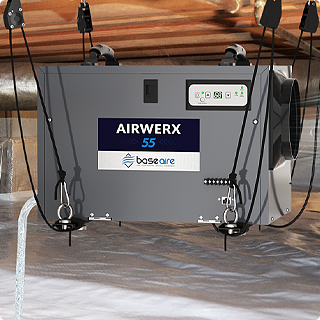
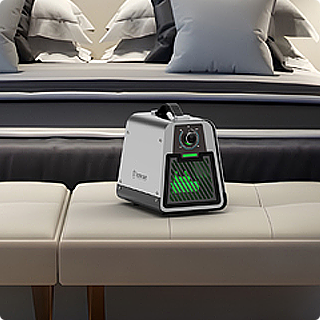
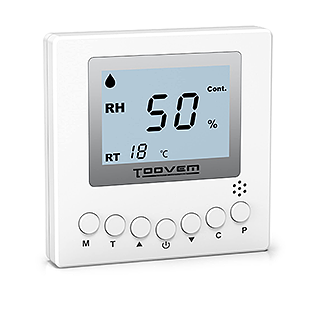
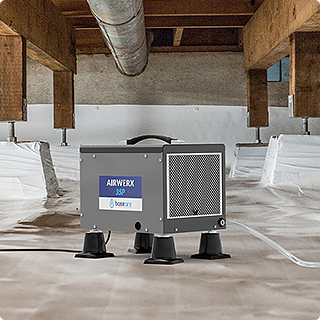
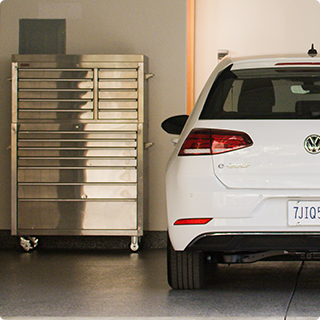
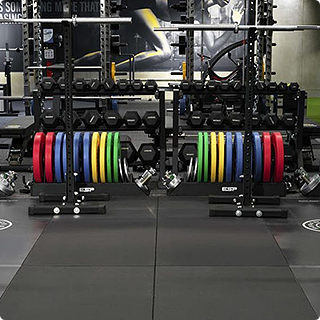



![BaseAire 888 Pro 7,000 mg/h Ozone Generator, Digital O3 Machine Home Ozone Machine Deodorizer - Ozone Generator from [store] by Baseaire - Disinfection, Ozone Generator](http://www.baseaire.com/cdn/shop/products/888-Pro-_-1.jpg?v=1698817267&width=104)
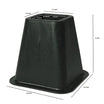

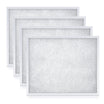
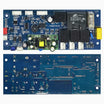
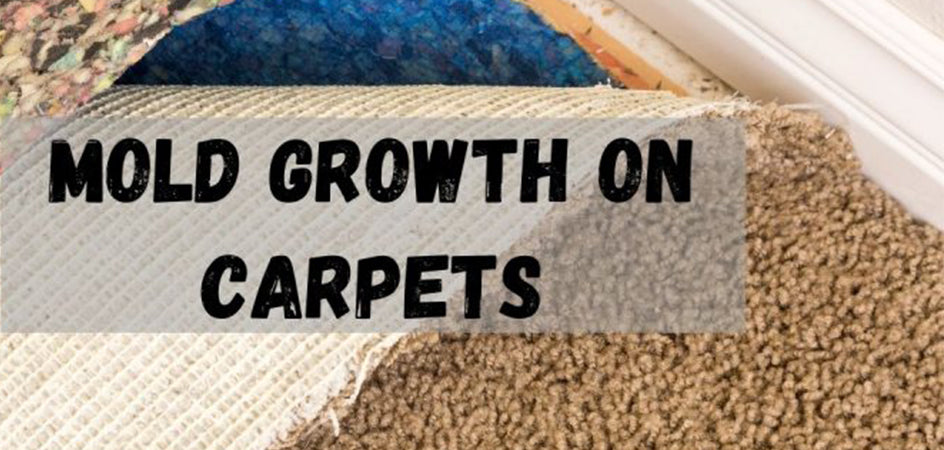
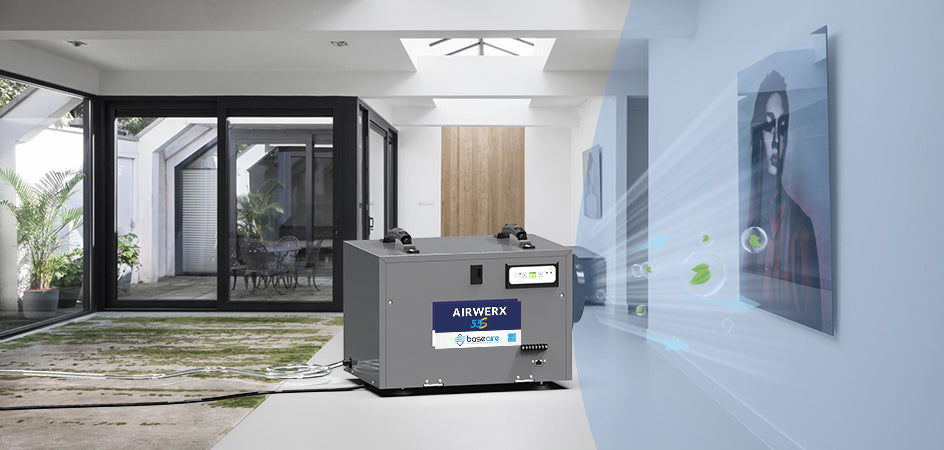

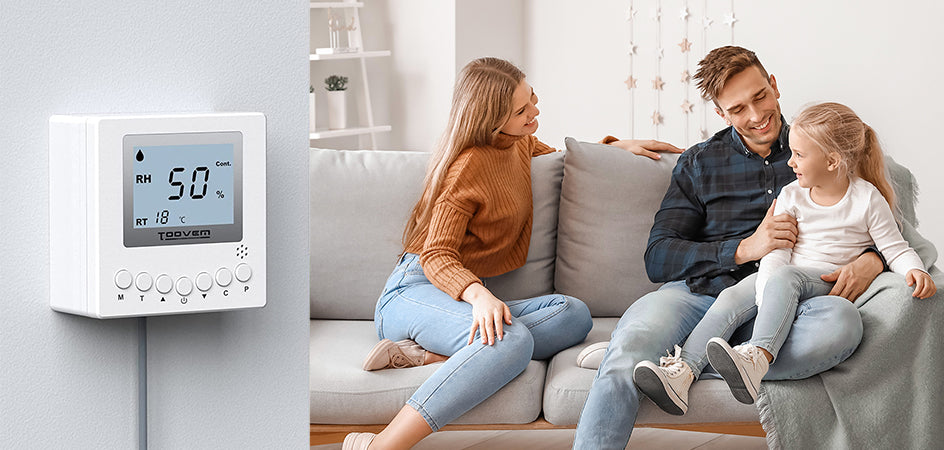




Hinterlasse einen Kommentar
Alle Kommentare werden vor der Veröffentlichung geprüft.
Diese Website ist durch hCaptcha geschützt und es gelten die allgemeinen Geschäftsbedingungen und Datenschutzbestimmungen von hCaptcha.